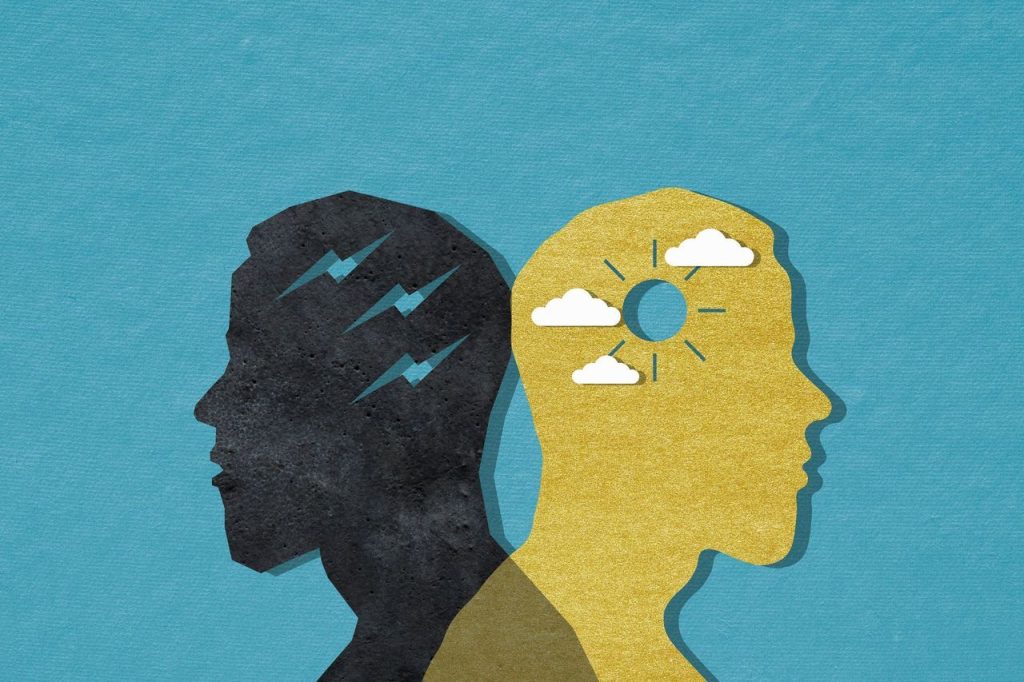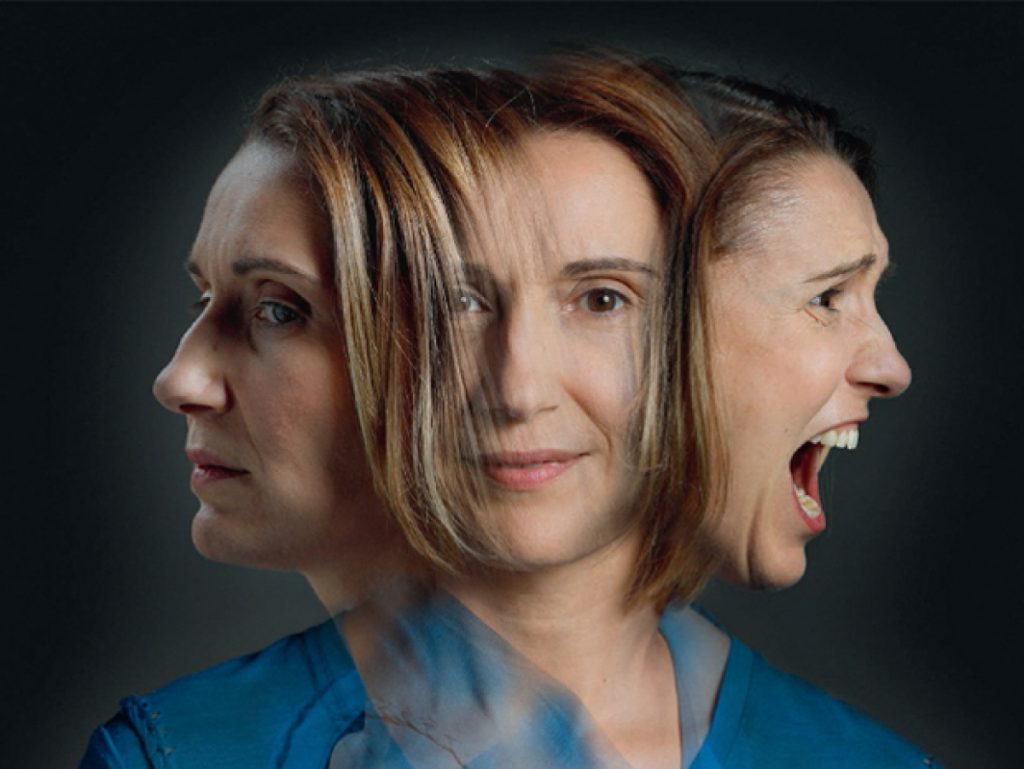Bipolar disorder is a mental health condition characterized by extreme mood swings that include emotional highs, known as mania or hypomania, and lows, known as depression. During manic episodes, a person may feel unusually energetic, overly happy or irritable, sleep very little, and engage in risky or impulsive behavior. In contrast, depressive episodes involve feelings of deep sadness, hopelessness, fatigue, and a loss of interest in daily activities. These mood shifts can disrupt a person’s daily life, relationships, and ability to function. There are different types of bipolar disorder, including Bipolar I (which involves at least one full manic episode), Bipolar II (which involves hypomania and major depression), and Cyclothymic Disorder (a milder form with frequent mood swings). The exact cause is not fully understood, but it is believed to involve a combination of genetic, biological, and environmental factors. Treatment usually includes medications such as mood stabilizers and therapy to help manage symptoms and improve quality of life.

Types of Bipolar Disorder:
- Bipolar I Disorder
- At least one full manic episode, often followed by depressive episodes.
- Bipolar II Disorder
- At least one hypomanic episode (less severe than mania) and one major depressive episode.
- Cyclothymic Disorder (Cyclothymia)
- Milder, chronic mood swings that don’t meet full criteria for mania or depression.
- Other Types
- Bipolar disorder due to medication, substance use, or another medical condition.
Causes and Risk Factors:
Bipolar disorder is believed to result from a combination of genetic, biological, and environmental factors. Genetics play a significant role, as the condition often runs in families; individuals with a parent or sibling who has bipolar disorder are at a higher risk of developing it themselves. Brain chemistry and structure may also contribute, with imbalances in neurotransmitters like dopamine and serotonin potentially affecting mood regulation. Environmental influences, such as traumatic experiences, childhood abuse, or the loss of a loved one, can act as triggers—especially in those who are genetically predisposed. Additionally, factors like high stress levels, substance abuse, and disrupted sleep patterns can increase the risk or worsen symptoms. Early childhood trauma has also been identified as a significant risk factor. While the exact cause of bipolar disorder is not fully understood, it is clear that a combination of these elements can contribute to its development and severity.
- Genetics
- Bipolar disorder often runs in families. A person with a close relative (such as a parent or sibling) with bipolar disorder has a higher risk of developing it.
- Brain Structure and Chemistry
- Differences in brain structure, function, or neurotransmitter imbalances (like dopamine and serotonin) may play a role in the development of the disorder.
- Environmental Factors
- Traumatic life events, abuse, loss of a loved one, or extreme stress can trigger the onset or worsening of symptoms in genetically vulnerable individuals.
- Biological Differences
- Some studies show physical changes in the brains of people with bipolar disorder, although the significance of these changes is still being researched.
Risk Factors:
- Family History
- Having a parent or sibling with bipolar disorder increases the risk.
- High-Stress Levels
- Stressful events such as relationship problems, job loss, or major life changes can trigger symptoms.
- Substance Abuse
- Alcohol or drug use can worsen symptoms or trigger a manic or depressive episode.
- Sleep Disruption
- Irregular sleep patterns or lack of sleep can increase the risk of a manic episode.
- Early Childhood Trauma
- Physical, emotional, or sexual abuse in childhood has been linked to a higher likelihood of developing bipolar disorder later in life.

Solutions for Bipolar Disorder:
Managing bipolar disorder typically involves a combination of medication, therapy, and lifestyle changes. Medications such as mood stabilizers, antipsychotics, and sometimes antidepressants help regulate the extreme mood swings associated with the disorder. Psychotherapy, including cognitive behavioral therapy and psychoeducation, supports individuals in understanding their condition and developing strategies to cope with symptoms. Maintaining a consistent routine with regular sleep patterns, stress reduction techniques, and avoiding alcohol or drugs are also important for preventing mood episodes. Ongoing monitoring by mental health professionals and support from family or support groups can improve long-term outcomes. In severe cases, crisis intervention or hospitalization may be necessary to ensure safety and stabilize mood. Overall, a personalized and comprehensive approach offers the best chance for managing bipolar disorder effectively.
Medications
- Mood stabilizers (e.g., lithium) to control mood swings
- Antipsychotics to manage mania or psychosis
- Antidepressants (used carefully) for depressive episodes
Psychotherapy
- Cognitive Behavioral Therapy (CBT) to manage symptoms and thought patterns
- Psychoeducation to help understand the disorder
- Family therapy to improve support and communication
Lifestyle Management
- Maintaining a regular sleep schedule
- Reducing stress through relaxation techniques
- Avoiding alcohol and drugs
Monitoring and Support
- Regular follow-ups with mental health professionals
- Support groups for connection and encouragement
Crisis Management
- Emergency care during severe manic or depressive episodes
- Hospitalization if necessary for safety and stabilization
